The different types of sectionals
Sectional sofas are really popular and they’re generally appreciated for the fact that they’re comfortable and spacious, allowing large groups to sit together around a coffee table. There are of course lots of different ways to integrate a sectional into a room and that’s closely linked to the type of section you choose. These can be divided into several categories.
Based on shape
There are three main types of sectional based on their shape. The first one is curved sectional sofa. It doesn’t have corners per se but they do curve which allows them to provide more sitting space. They’re appreciated for the fact that they don’t have a typical corner seat which can often be uncomfortable to sit in and difficult to navigate around.
Perhaps the most popular type of sectional is the L-shaped kind. This is pretty self-explanatory and this type of sectional is often preferred for smaller living areas because they offer a lot of seating spaces without taking up the whole room or breaking it into different sections. They’re also great for corners.
U-shaped sectionals are even better optimized at offering seating space than the L-shaped ones. They do however take up more space so they’re better fitted for large areas. A U-shaped sectional needs to leave plenty of space at the center for people to sit and move comfortably and also for a coffee table to fit.
Based on style
Style is of course very important and dictates a lot of our choices. Your sectional sofa should definitely reflect that and should suit the space that it’s a part of. In a traditional living room you should integrate a traditional sectional. These usually have curved lines and often include a number or decorative details on the legs and typically the armrests as well.
Modern and contemporary sectionals are the most common ones these days so you shouldn’t have any trouble finding a good assortment of options to choose from. They’re typically simple, with clean and straight lines, no unnecessary features or details and you can also expect them to feature metal legs instead of wooden ones.
A transitional sectional sofa is one that combines element from both modern and traditional furniture. These two styles are blended together which makes this type of sectional quite fitted for eclectic interiors. Such designs tend to be more sophisticated and to include some sort of decorations without being too cluttered or ornate.
If you want your sectional sofa to be durable and comfortable and if you like light colors then look for one in a farmhouse style. They’re designed to be long-lasting and with a focus on comfort and coziness. A farmhouse-style sectional can be customized and updated with accent cushions for a touch of color.
Another option is to go for a midcentury-modern sectional. Midcentury furniture in general stands out and has a distinguished look thanks to its classy and light appearance. You can expect such a section to have slender and taller legs and exposed frames and to make the room look light and airy.
Based on function
If you’re not interested in anything other than the standard look and shape of your sectional, a stationary one would suit you just fine. These are the most common ones so you’ll have a wide selection of models and styles to choose from. Their pieces are connected together and are not meant to be mixed and matched.
Another option is to have a reclining sectional. These are excellent for family rooms and media rooms because they have reclining sections that allow users to sit more comfortably as they watch TV or just relax. They do take up more space compared to stationary sectionals because they need room to stretch out.
Then there’s also the modular sectional type which is excellent if you want flexibility in your living room. These are made up of individual pieces which you can mix and match and organize into various configurations based on your needs. You have a lot of freedom with these sectionals and the modules are usually designed to be lightweight and easy to move around.
A sleeper sectional is something to consider for a guest room or for the living room as an option in case you ever need an additional bed in the house. These sectionals are heavier than other types because they include more pieces and mechanisms.
A convertible sectional is also a very practical options. These often include hidden compartments which can be used for storage which is great if you need a place to keep your extra pillows and blankets or perhaps a bunch of other things as well.
Other elements to consider
Once you’ve figured out what type of sectional you want, you can also focus on a bunch of other details. For example, the way in which the back of the sectional is styled. A lot of sectionals have cushions attached to the backrest. They’re comfortable and the cushions can easily be removed, cleaned and moved around.
Another option is a split-backed sectional which is quite similar in appearance to one that has back cushions but appears a bit smoother. They tend to look a bit more formal which is great if you want something sleek and elegant.
Then there’s also the sectionals with a tight backrest which look super clean and simple. They have a smooth-looking backrest with straight lines and edges and they don’t look particularly soft or cushy but they’re comfortable nonetheless. They’re excellent for modern and contemporary interiors.
On the other hand, if you want something with a more visible pattern on the back, consider a tufted sectional. They’re visually interesting and have a classic look which suits all styles. Similarly, camel back sectional also stand out and have a visible pattern but they’re a lot more ornate than the tufted ones.
Besides the backrest, other design differences can be related to the style of the armrests. There’s sectionals with flared arms which are very common, with round ones which are more traditional, with square arms which look very clean and have a classic look and even sectionals without armrests at all. They can also have recessed arms or pillow top arms which add comfort.
At the end of the day, you’ll want to choose a sectional sofa that fits the room well and that depends a lot on where you want to place in relation to the layout of the space and the rest of the furniture. As mentioned before, L-shaped sectionals are great for corners and the U-shaped ones are well-suited for large and open areas. There are however lots of other possibilities to consider so take your time and choose wisely.
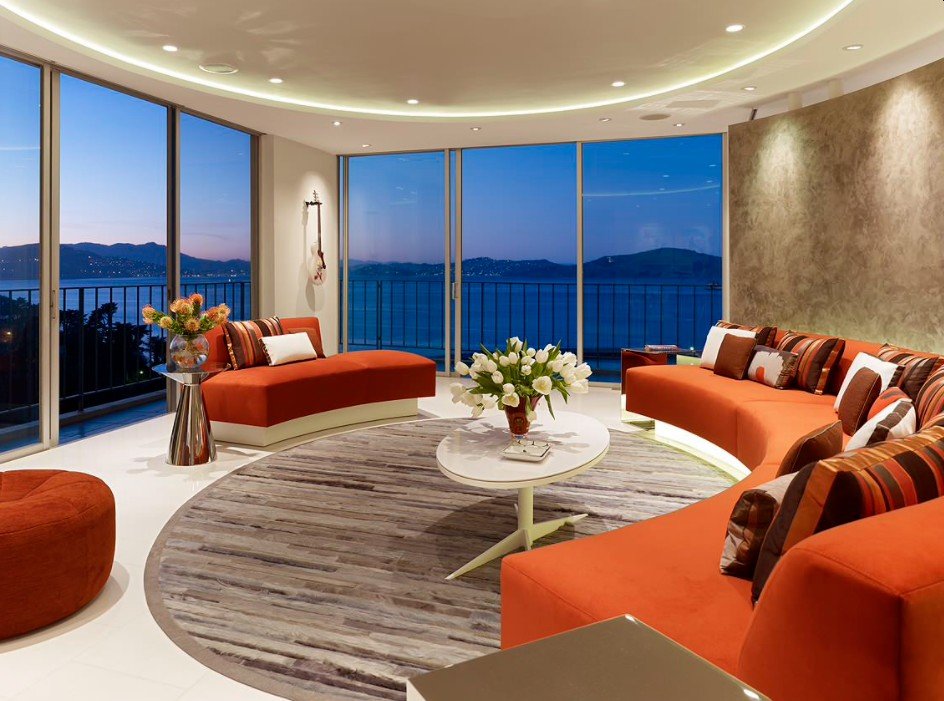
Here’s a perfect example of how the overall shape of the room can dictate what type of sectional you should choose for it as well as how the seating area should be configured. In this case, the sectional beautifully sits against the curved wall turning into a lovely circular seating area. This is a design by Mark English Architects.
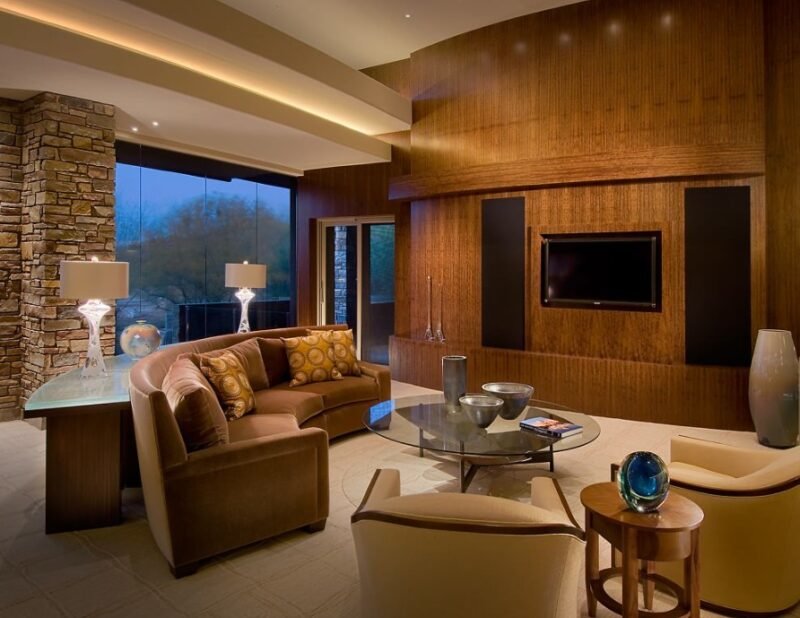
In this case a curved sectional was chosen in order to create a semi-circular seating area with the TV as a main focal point. The sectional is complemented by two armchairs which complete the area and by a sofa table that wraps around the back. This living room interior was created by studio Angelica Henry Design.
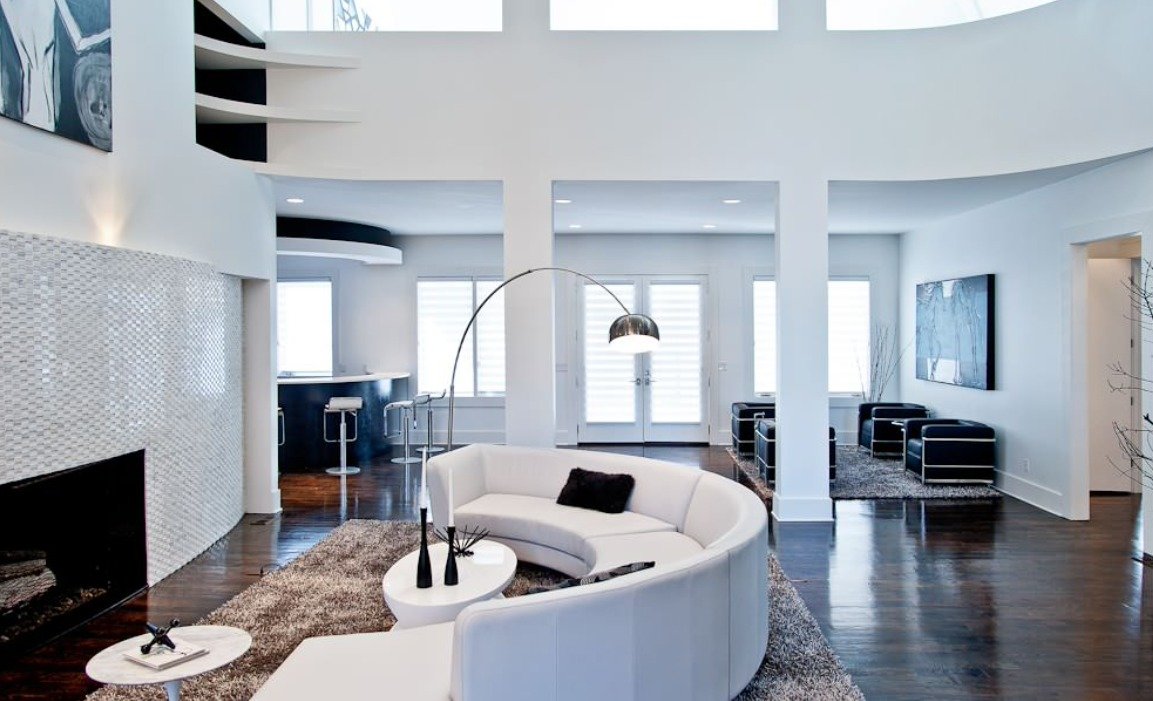
A curved sectional sofa is one again the centerpiece of a beautiful living room and this time it’s facing a fireplace. The curved back acts like a shield which separates this seating area from the rest of the open floor plan. {found on atmosphere360studio}.
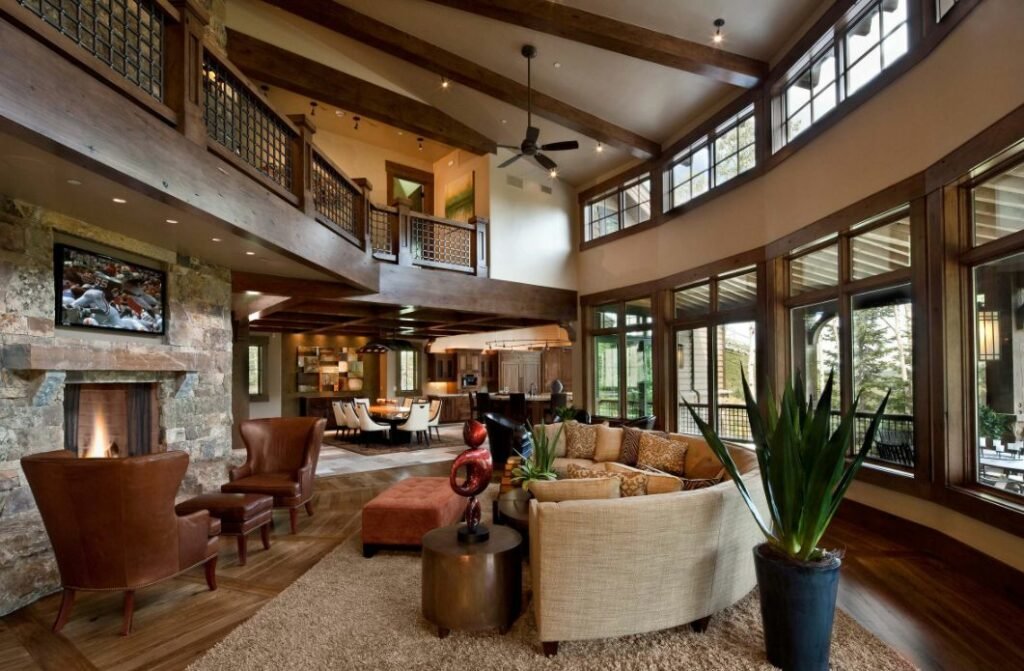
This classic living room interior by Jaffa Group Design-Build also makes use of a curved sectional. It’s positioned towards the center of the room and the wall behind it is also curved which actually helps a lot to make the sectional look at home in this traditional setting.
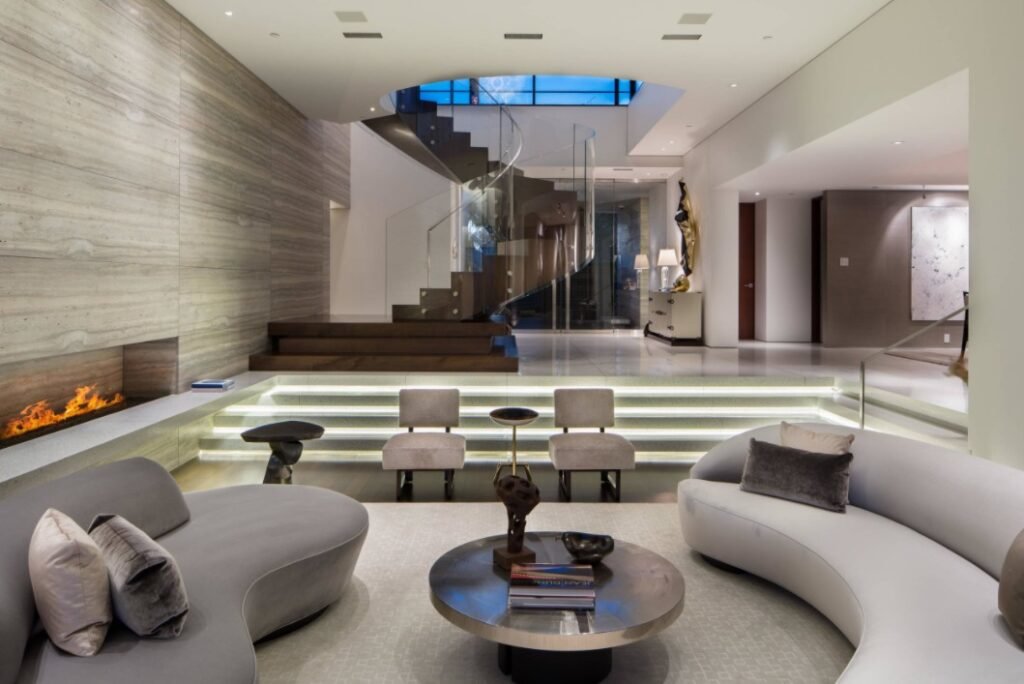
Two curved sectional sofas were placed here face to face, with a round coffee table in the middle and a couple of chairs to round off the area. This is a sunken living room and although something with straighter lines and edges would have also looked nice, the curves actually help to make this whole space look fresh. It’s a design by Prestige Builders.
More Beautiful Inspiring Ideas Around Curved Sofa
1. Reiterate the shape elsewhere in the room.

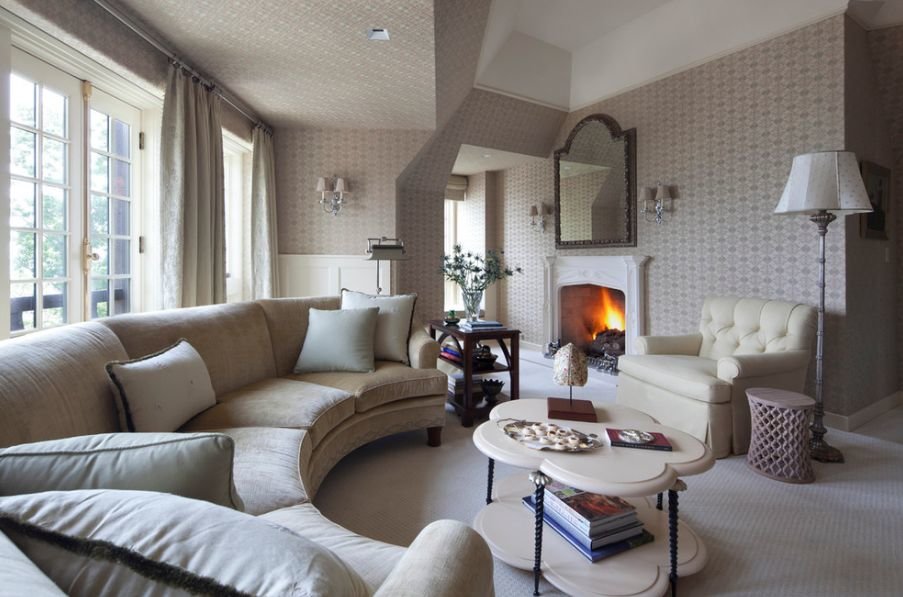
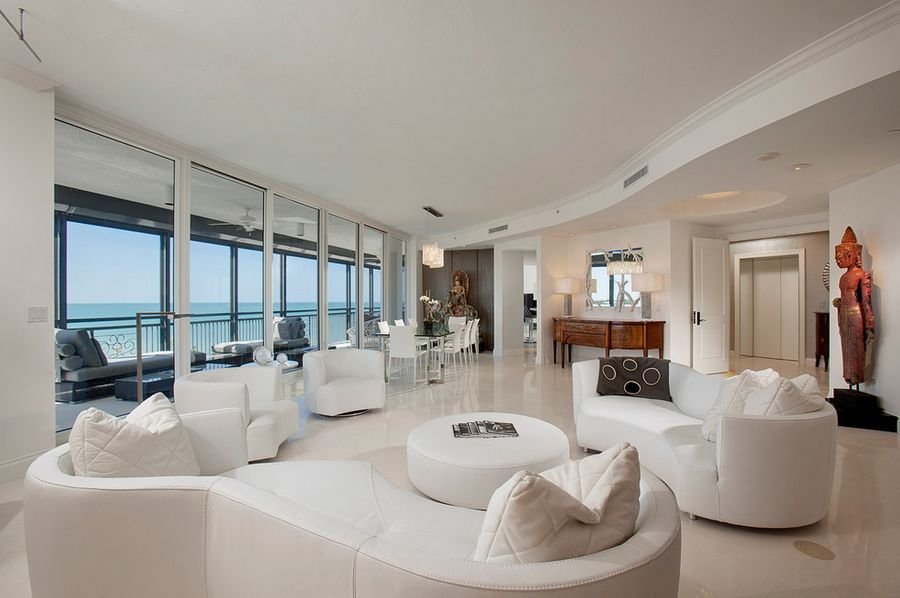
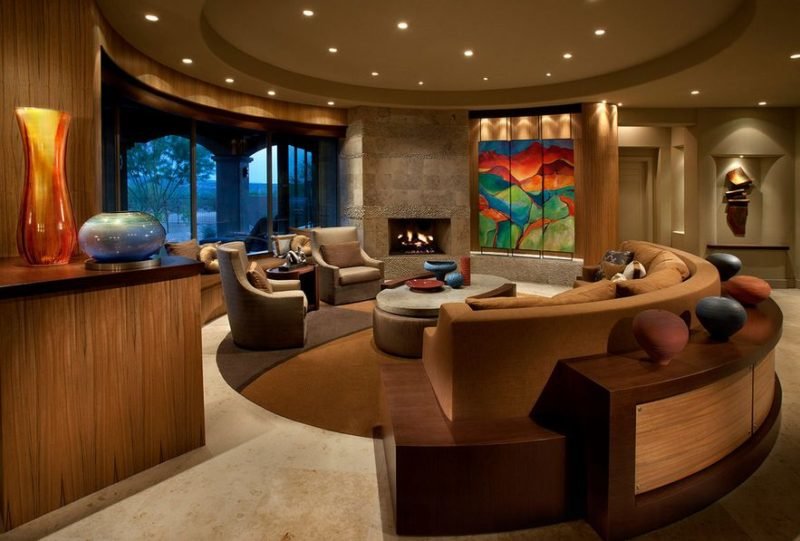
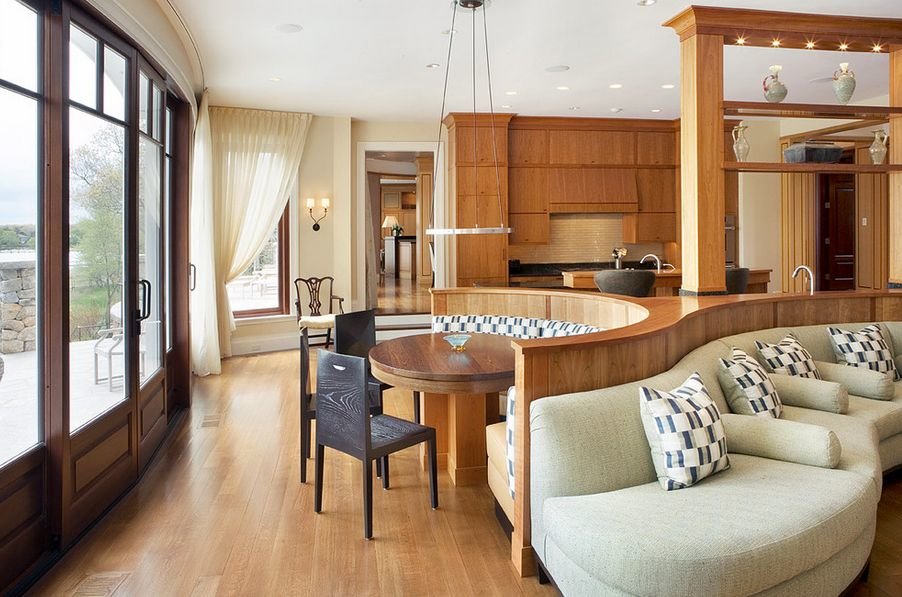

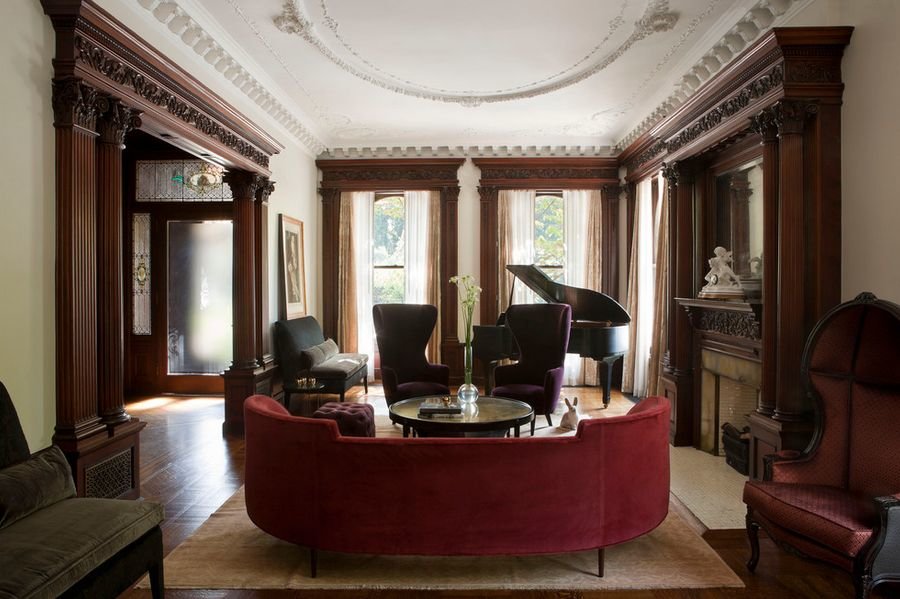

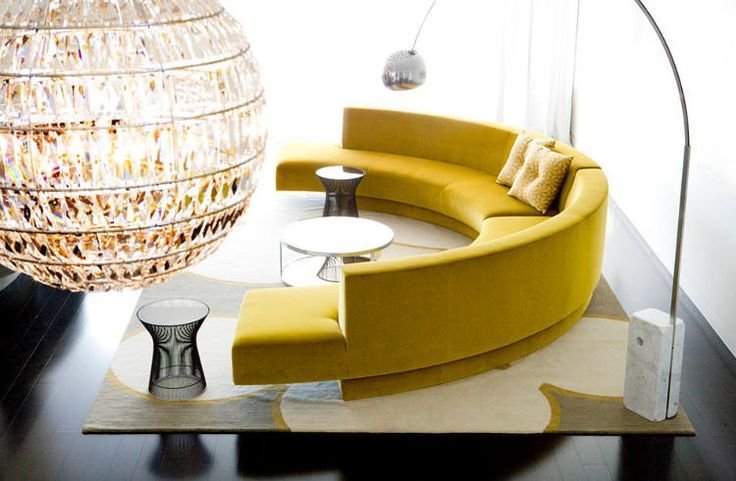
A curved sofa or sectional will look awkward and out of place if everything else in the room has straight lines and angles. You need to include a few other elements that feature similar designs or at least can relate in some way to your sofa if you want the room to look and feel harmonious. Try using a round coffee table or hanging a chandelier or pendant light with elegant curved lines. In general, you should focus on the usual accent details such as the wall décor, mirror, light fixtures and other accessories.
2. Include the sofa or sectional in circular groupings.
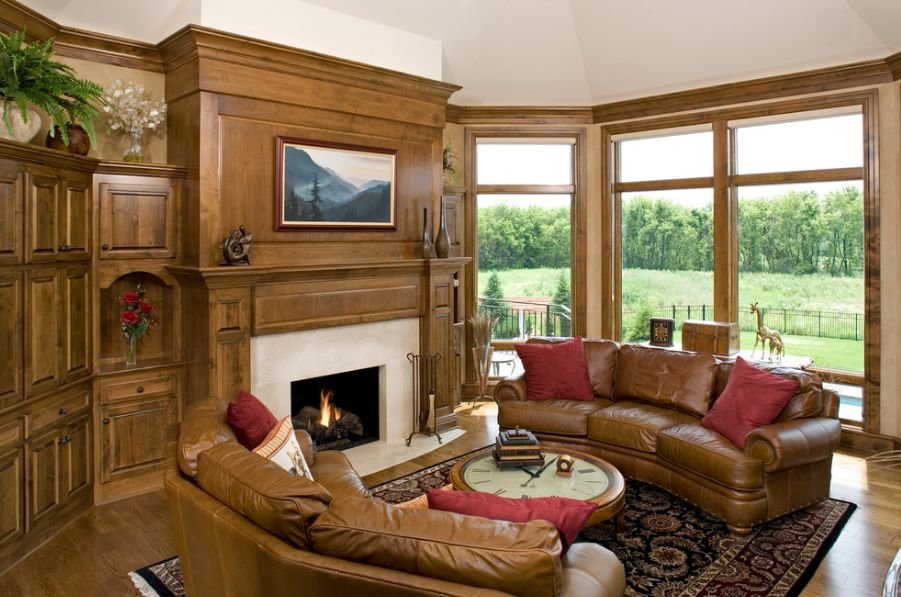
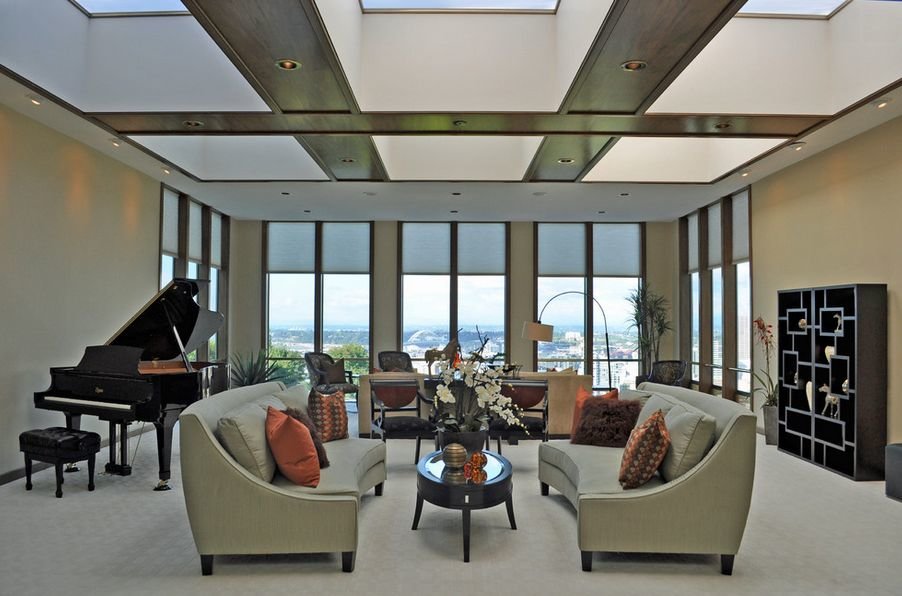
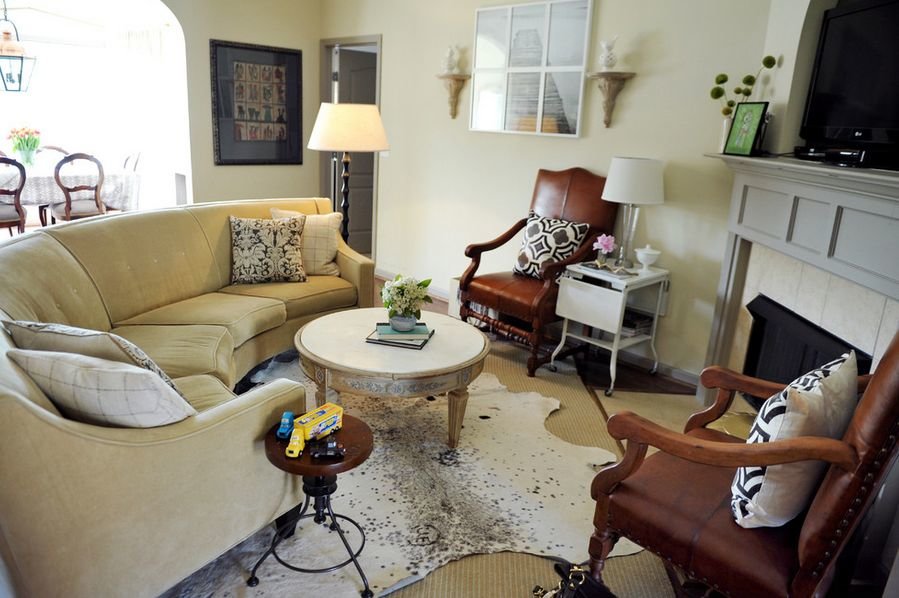
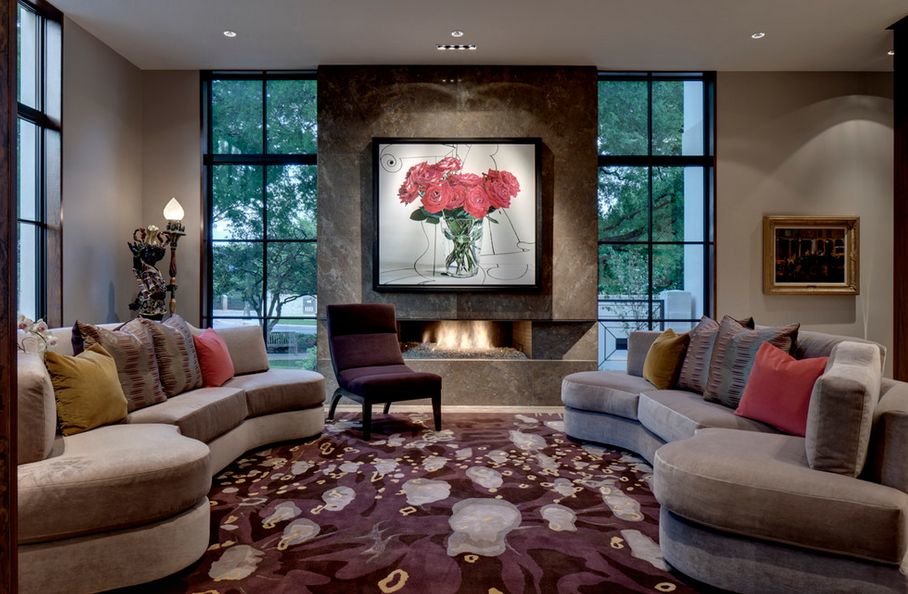
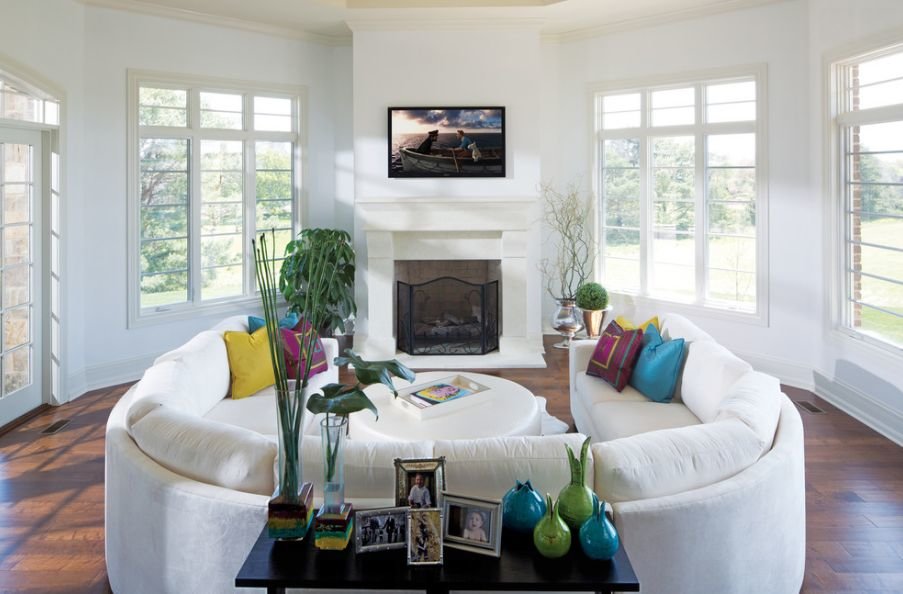
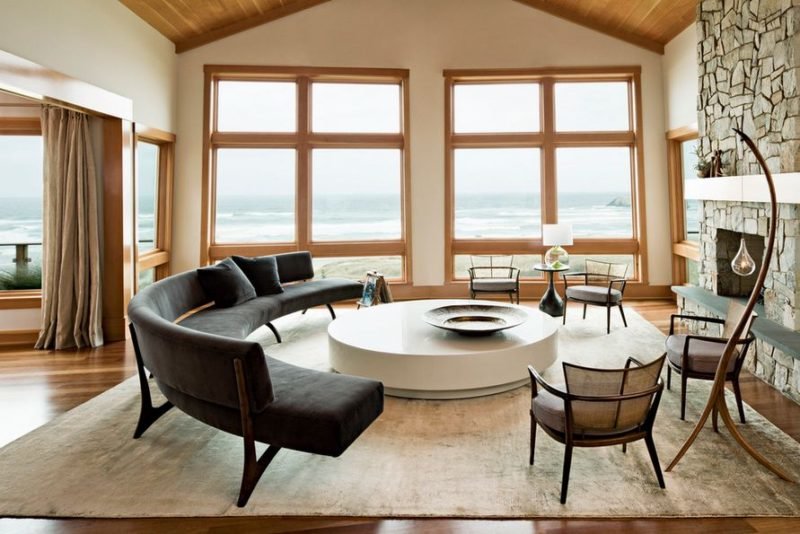
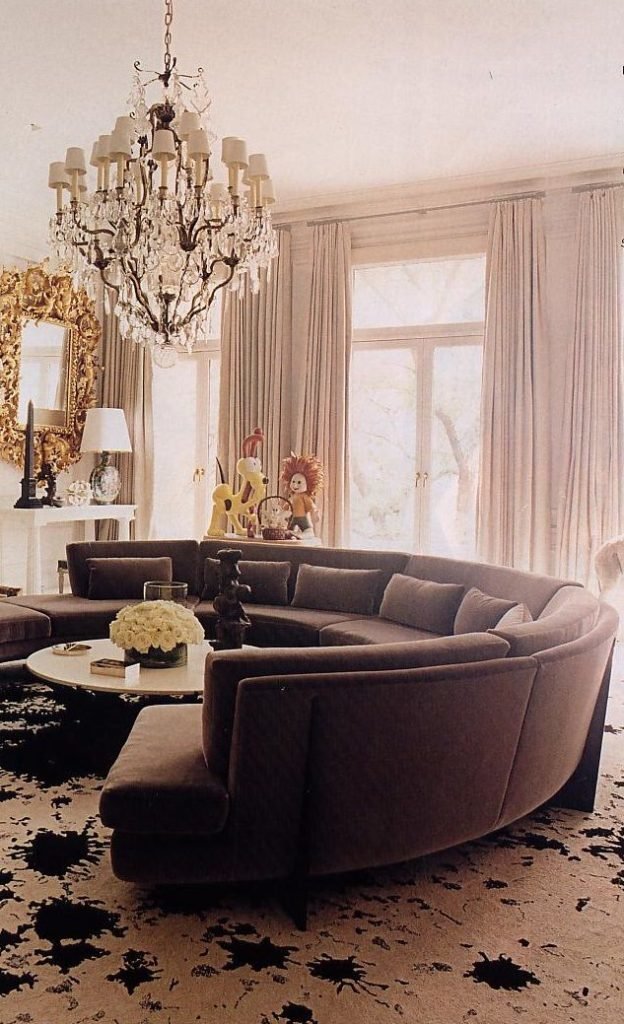
Arrange your curved sofa along with other seats in a circular grouping to take advantage of the curve and to also create a comfortable sitting and conversation area where everyone faces each other. It’s not necessary for the chairs to also feature curved elements as long as you arrange properly. In fact, you can take this opportunity to play with different shapes and to add visual interest to the room.
3. Place the sofa or sectional directly across a focal point.
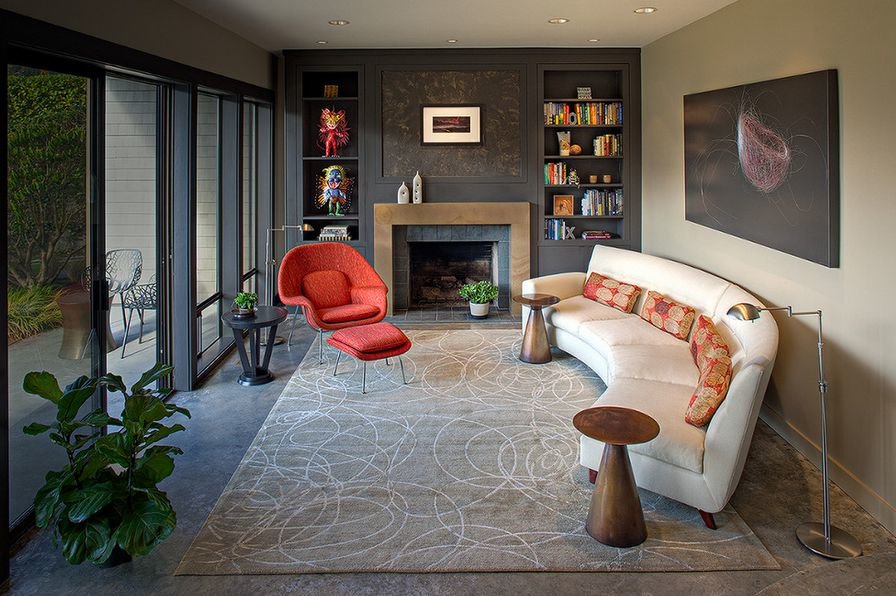
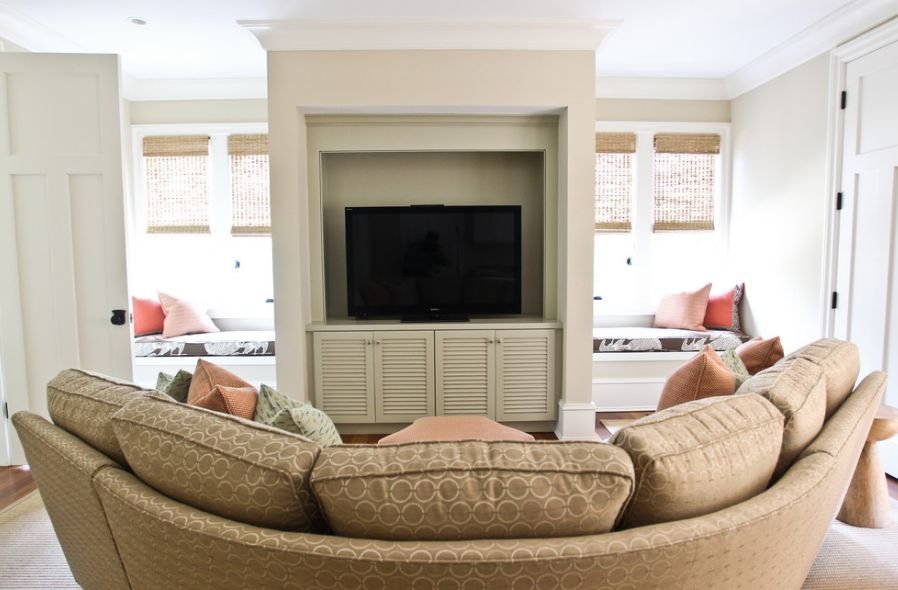
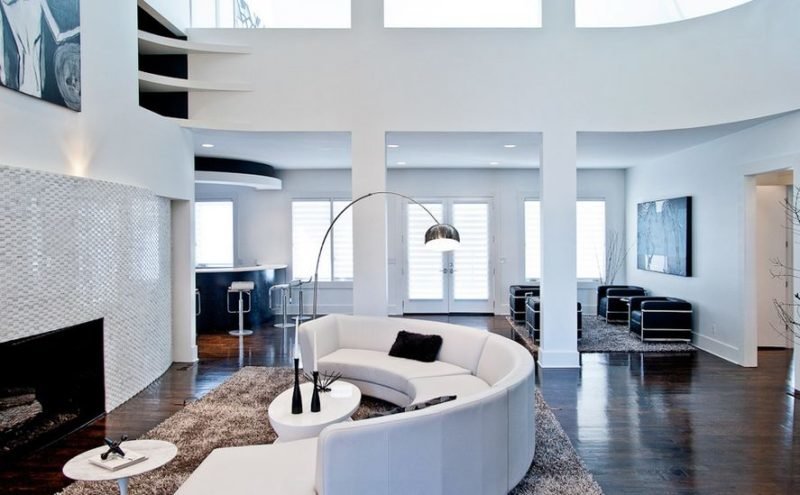
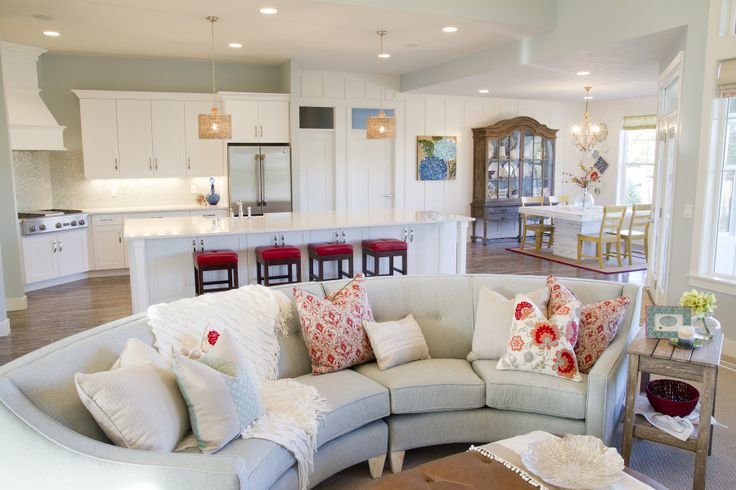
If you have your sofa or sectional placed directly across one of the room’s key features or focal points such as, let’s say, the fireplace, this allows you to better integrate its unusual shape in the room and its décor. You’ll be creating a comfortable arrangement and allowing those sitting on the sofa to admire the key feature you’ve chosen. If its the entertainment unit then everyone will be able to comfortably watch TV from their current position.
4. Align it with a curved wall
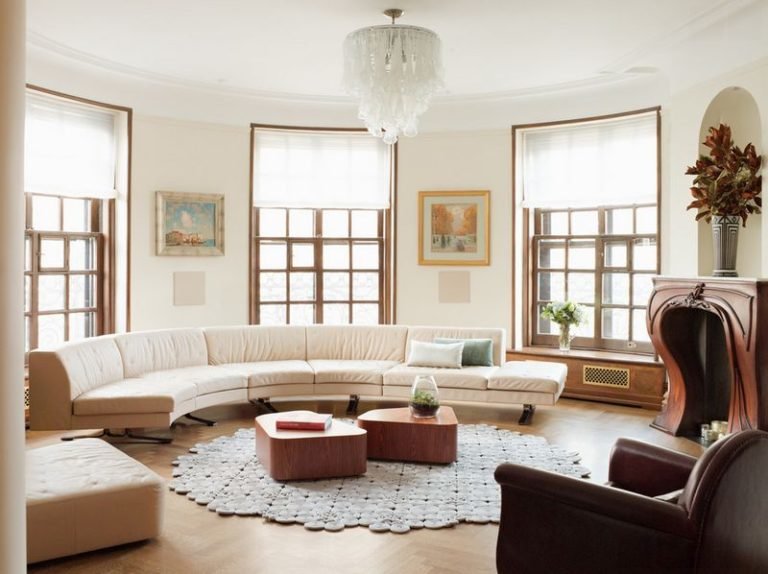

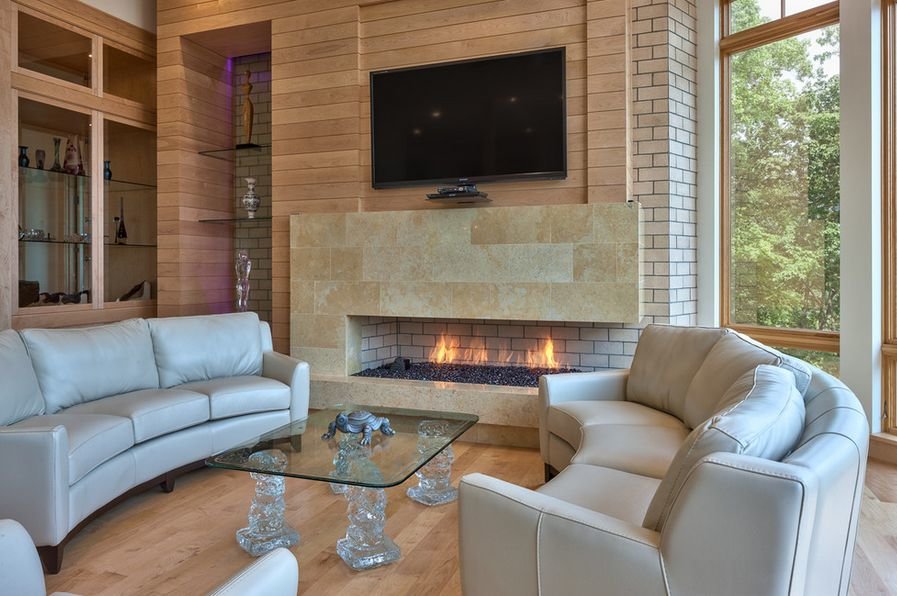
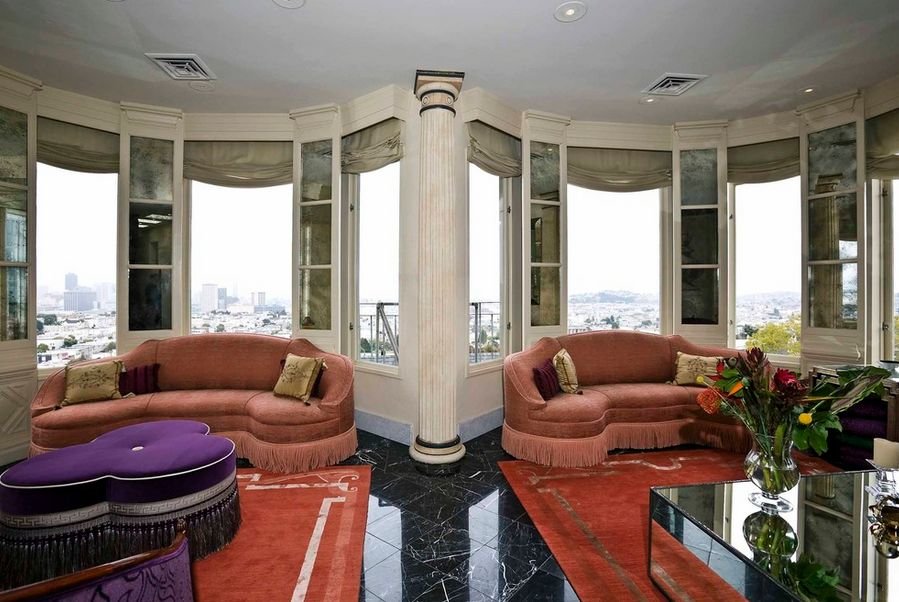
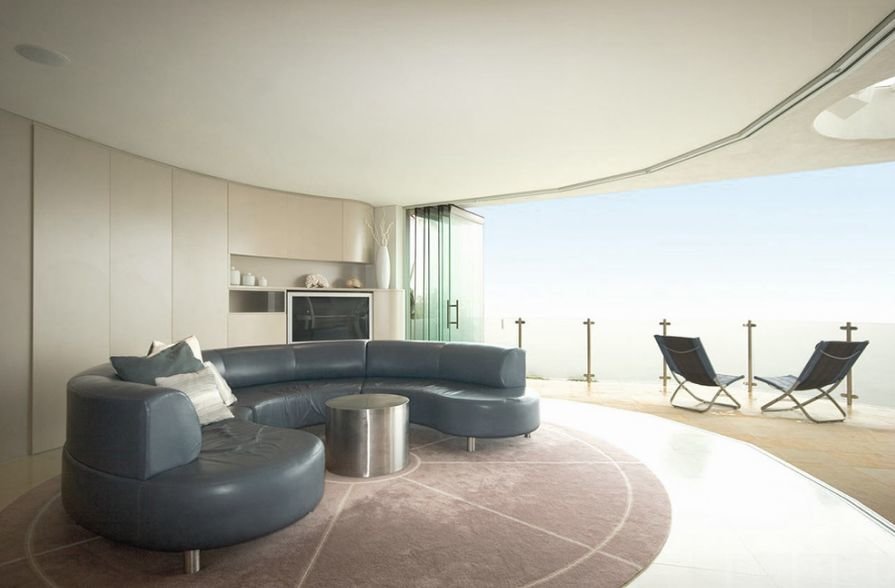
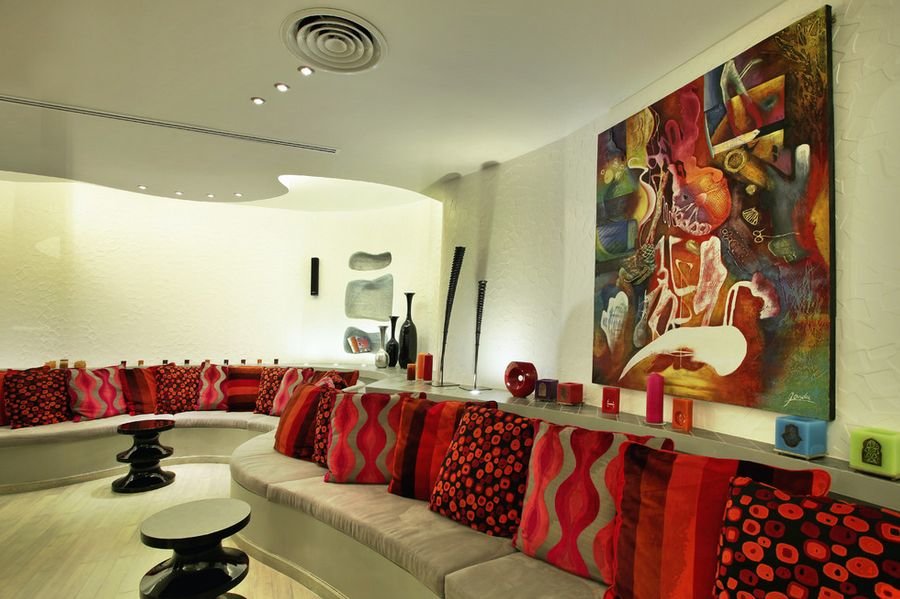
A curved wall or curved window would make a perfect fitting location for a sofa or sectional featuring the same shape. You can either align it with the wall’s curve for a perfect fit or center it in front of a curved window to create a cozy alcove. If possible, leave some space between the sofa and the wall to make the room look less cramped. You’ll still be able to send out the same harmonious message with this lovely pairing. Be aware however that curved walls are difficult to pair with anything but custom furniture.
5. Place it in a corner.
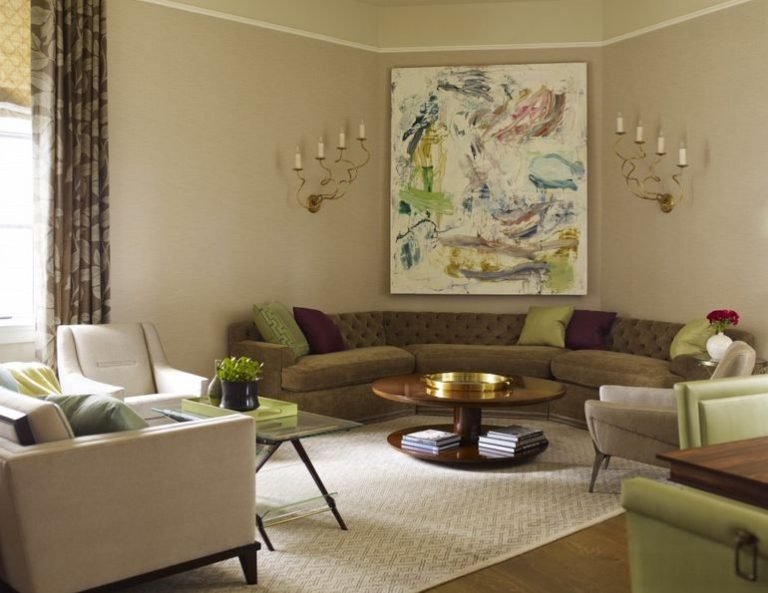
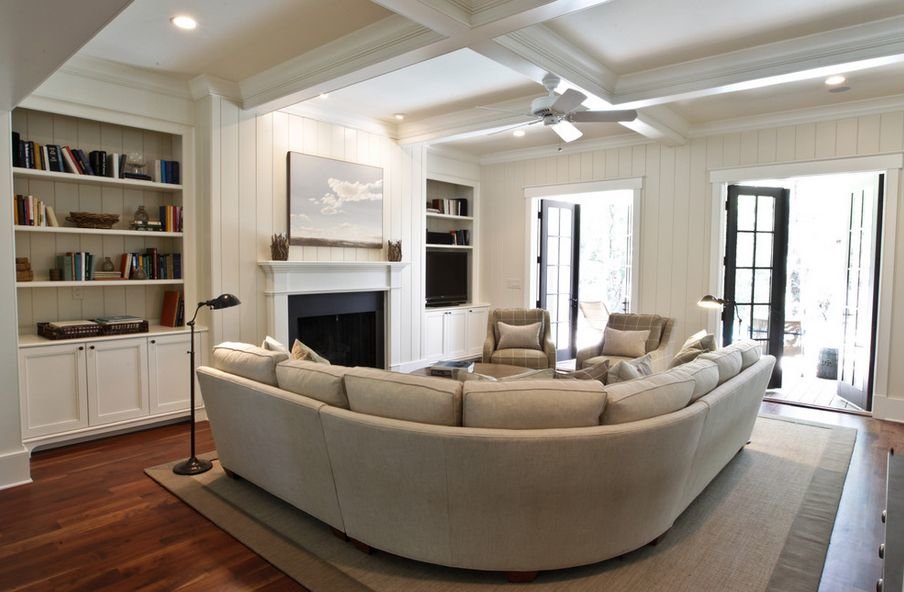
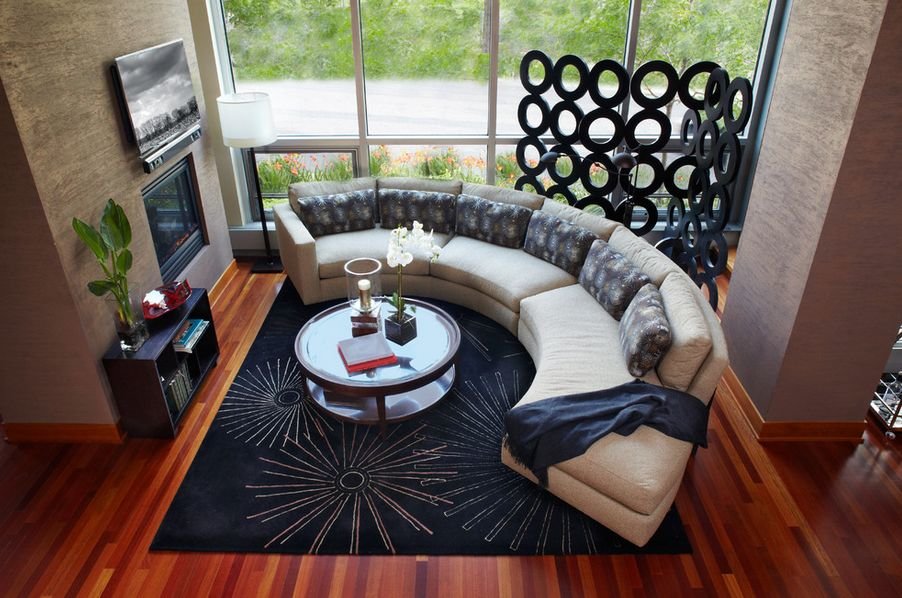
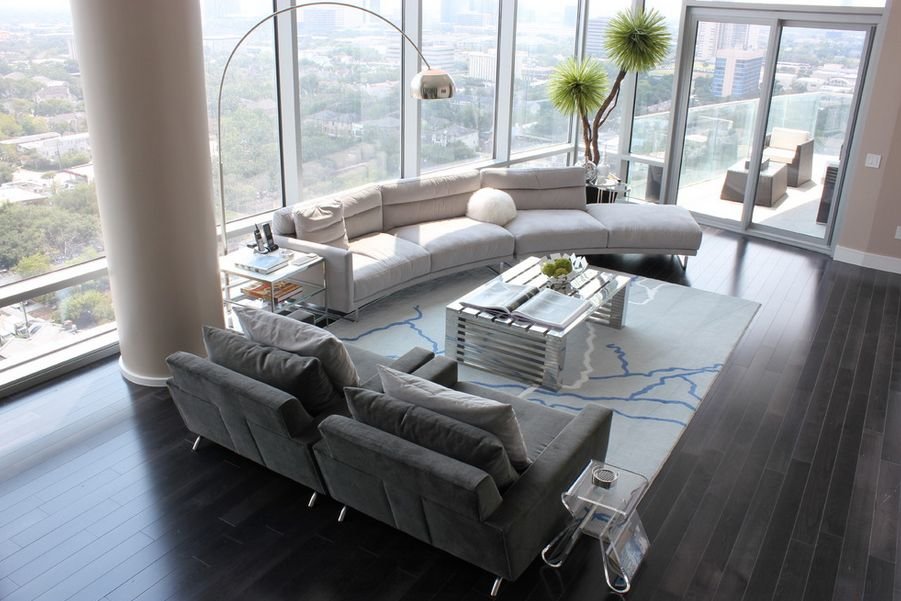
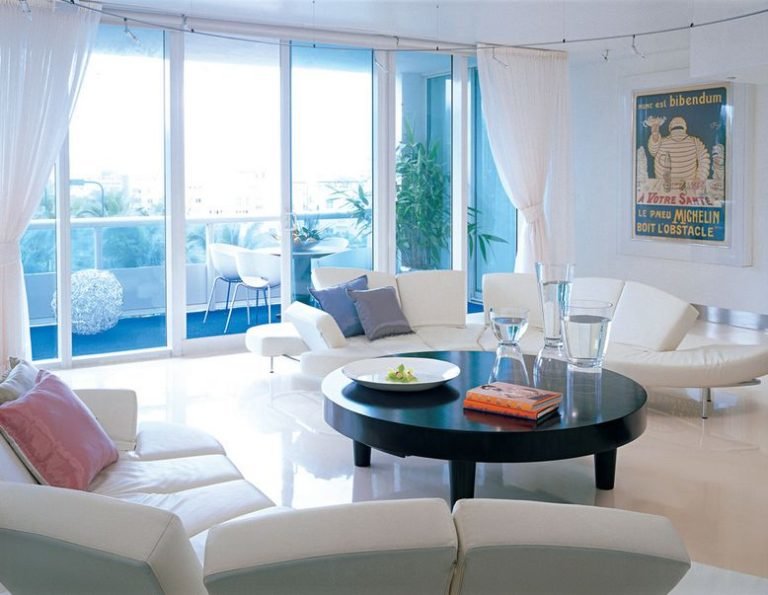



![A Tranquil Jungle House That Incorporates Japanese Ethos [Video]](https://asean2.ainewslabs.com/images/22/08/b-2ennetkmmnn_t.jpg)









